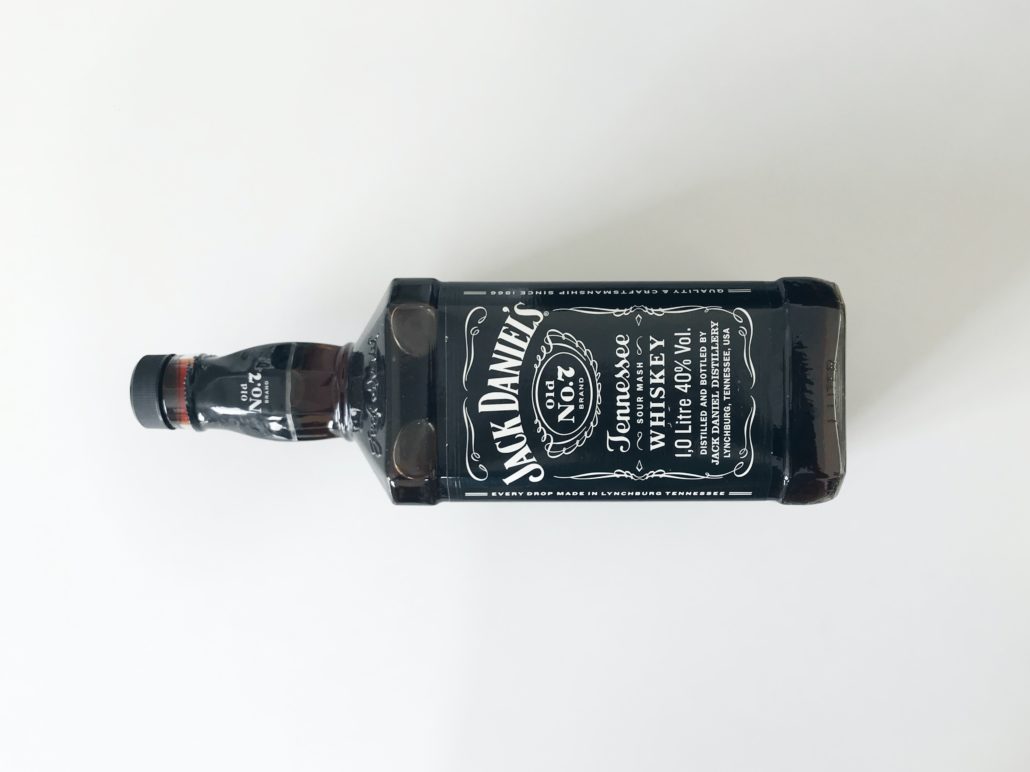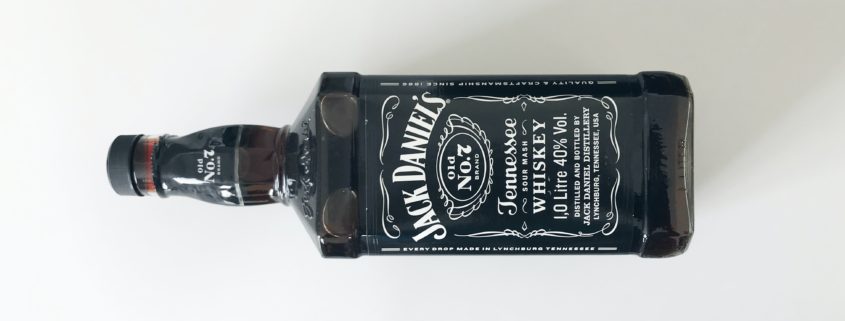BRANDS BUILT FOR NOW AND BUILT TO LAST
In 1994, when Jim Collins and Jerry I. Porras wrote Built to Last, they were referring to Visionary Habits of Successful Companies. Their highly influential book focused on the results of a six-year research project into what makes enduringly great companies. Their stated goals were: “to identify underlying characteristics are common to highly visionary companies” and “to effectively communicate findings so they can influence management”.
Companies that endure are iconic; they are studied; they are analyzed; and they are held up as examples of best practices that other businesses should exemplify. The same is true for brands. GE, IBM, Kodak and Xerox are examples of brands that now realize longevity is not necessarily a prerequisite for future success.
We live in a time when replacing goods and services is par for the course. We seem to have no qualms about ditching an old iPhone for a new model, or downloading the latest app, or frequenting the newest restaurant. In fashion, we have fast fashion that by its very nature is meant to be disposable. In automotive, ownership is starting to decline in favor of renting or subscribing: “Why keep something around when I can have the newest model whenever I want?”
With the exception of some durable goods products such as large appliances, there seems to be a reluctance to buy goods and services that are built to last. We appear to prefer obsolescence to endurance. Some brands such as Patagonia have urged customers to keep wearing their old Patagonia clothes rather than buy new ones. But, even in luxury goods, where holding on to a satchel or pair of shoes as the value increases, there are websites where owners can sell these possessions to make a quick buck.
So, it is a surprise that in a past report from The Wall Street Journal’s “The Future of Everything”, we were told to hold on to possessions, some of which are so much better with age. We learned that owning these goods for the long term will enhance our future: we were asked to buy something that “is destined for an estate sale rather than a landfill.” Products identified as “keepers” were luggage, boots, watches and classic home goods. The “The Future of Everything” article reflected one of the major paradoxes of our age: the desire (and hence clash of) for replaceable and irreplaceable.
“The latest and the legacy” is a unique paradox reflecting the wish for innovation/novelty and the need for things that have stood the tests of time. Technology has accelerated the pace of new products and services. We are used to replacing phones, laptops and other digital, smart, mobile devices and connected appliances with new versions on a regular basis. We fear missing the immediate ownership of the latest. People around the world will wait on line, overnight, regardless of weather, just to buy the newest Apple device.
And, yet, at the same time, we seek the authenticity, heritage, customs and legacies of products and service steeped in tradition. Etsy, the online craft forum, is a paean to crocheted medallion quilts, handmade dangling earrings, knitted Argyle socks, and all sorts of imaginative, high quality craftsmanship. Vintage clothing stores sell authentic outfits from our parents’ and grandparents’ decades. Millennials are buying vintage sound systems to play LPs (even though they are also streaming music from Spotify). The Future of Everything referred to these types of enduring products as “heirloom” just like the tomato seeds sold in those various seed catalogues: those cultivars from gardens of the past, not like those used in today’s industrial agriculture.

Brands have an opportunity to capitalize on the conflicting needs of being in the “now” with living with the “then”. In the liquor category, Jim Beam and Jack Daniels are establishing their heritage credibility for a modern group of drinkers. KFC is currently making a remarkable comeback by focusing on their traditional, iconic mealtime buckets of chicken. The familiar, timeless Colonel, and his values are back, but in a timely, humorous, contemporary manner. There is something compelling about revisiting a relevant, repackaged icon right now. Levi’s invented blue jeans. It has an amazing heritage. On its website, the brand confirms its history and its modernity, by being both now and then. Their statement is that Levi’s® Made & Crafted® builds on the legacy of 140 years “by designing tomorrow’s classics using today’s best materials and construction techniques.”
Brands in and of themselves are all about the future. Brands promise a relevant, differentiated trustworthy experience: buy this brand and you will get this experience. More than ever, brands have the opportunity to address our needs for the both the latest and the legacy: brands that are built for now and built to last. In our time-crazed world of now, it is nice to know that there are brands we can hold onto for time to come.



